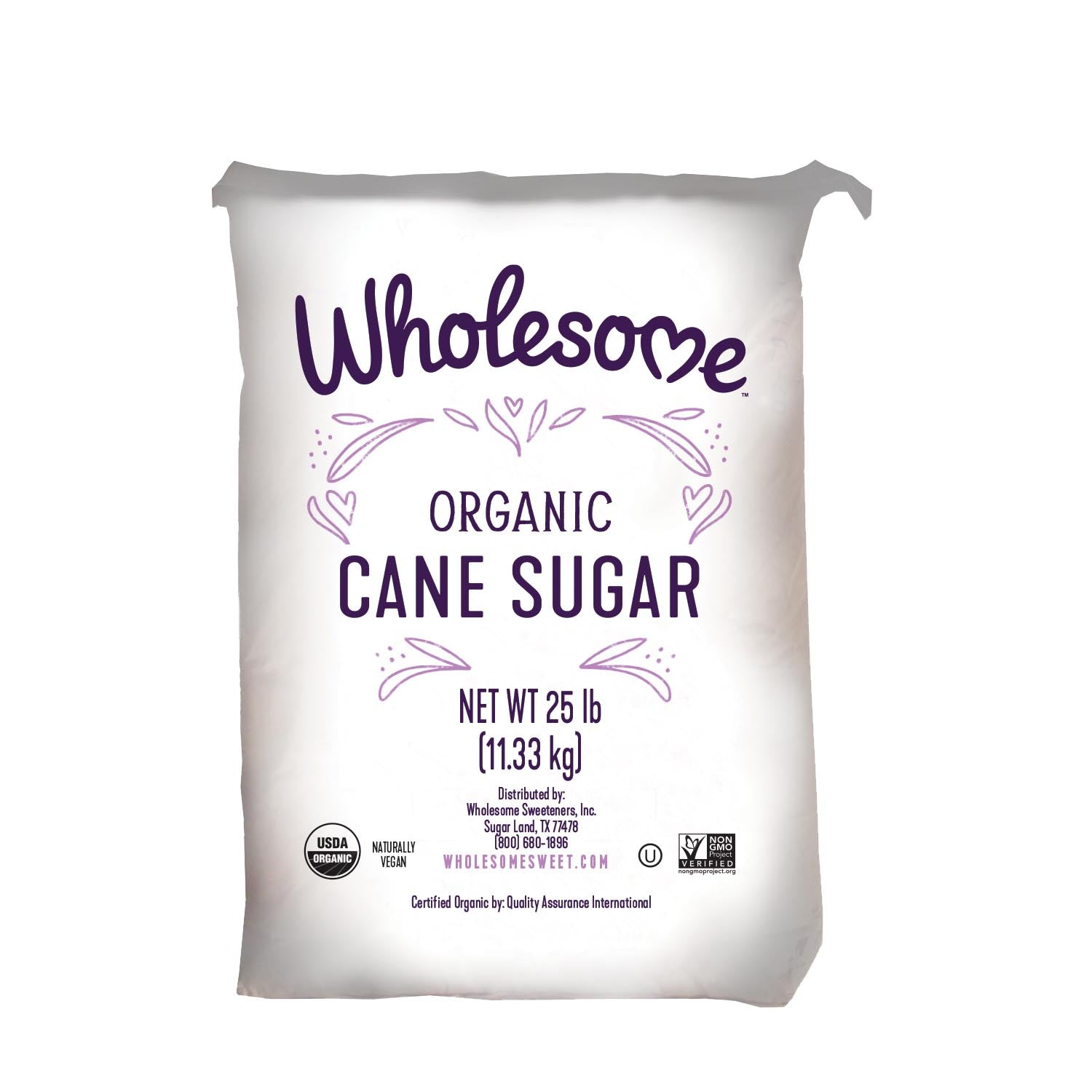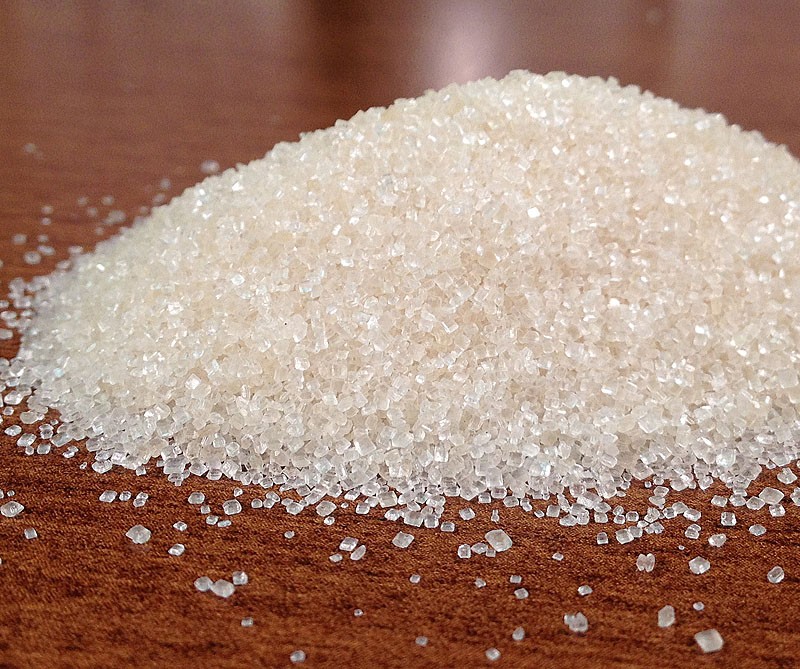Cane Sugar Processing: From Field to Table-- A Step-by-Step Guide
Cane Sugar Processing: From Field to Table-- A Step-by-Step Guide
Blog Article
Discovering the Comprehensive Steps Associated With Cane Sugar Processing From Collecting to Refinement
The process of walking stick sugar manufacturing includes a series of detailed steps, beginning with the mindful harvesting of sugarcane and culminating in the refinement phases that guarantee the last item fulfills sector criteria. Each stage, from the extraction of juice to the purification and condensation processes, plays a crucial function in establishing the high quality and personality of the sugar. Understanding these stages not only highlights the intricacy of sugar manufacturing however additionally raises critical inquiries concerning effectiveness, sustainability, and innovation in the market. What implications do these aspects have for future techniques?
Collecting Sugarcane
Collecting sugarcane is an essential action in the walking cane sugar handling chain, as it directly influences the high quality and yield of the end product. Correct timing and strategies are crucial throughout this phase to guarantee optimal sugar web content and decrease losses. Typically, sugarcane is gathered when it gets to maturation, generally 12 to 18 months after planting, characterized by a high sucrose focus.

Post-harvest, the sugarcane must be refined promptly to stop sucrose deterioration. Preferably, collected walking stick ought to be transported to refining centers within 24 hours to protect sugar top quality. As a result, effective logistical preparation is essential to keep the honesty of the collected crop throughout the supply chain.
Removal Process

The smashed walking stick undergoes a series of pressing operations to make the most of juice recovery. Commonly, hot water is splashed onto the crushed cane, producing a countercurrent flow that helps liquify the sugar while additionally helping in the extraction procedure. The juice accumulated from this procedure contains not just sugar but likewise different organic compounds and pollutants.

To improve removal effectiveness, some centers might employ diffusion techniques, where the sugarcane is taken in hot water, permitting the soluble sugars to diffuse right into the fluid. The resulting juice, rich in sucrose, is after that guided to succeeding processing phases, laying the structure for purification and refinement. The removal process is hence pivotal in figuring out the top quality and return of the final sugar product.
Filtration Strategies
The filtration techniques used in walking cane sugar handling are essential for transforming the raw juice right into a premium sugar product. These approaches primarily intend to get rid of pollutants, such as soil, plant products, and not natural compounds, which can adversely impact the final item's taste and shade.
One of the most common purification strategies is explanation. This procedure involves including lime and warm to the raw juice, which facilitates the coagulation of pollutants. The resulting precipitate is then removed through sedimentation or filtering, generating a clearer juice. Additionally, using phosphoric acid can improve the clarification procedure by additional binding contaminations.
One more considerable technique is carbonatation, where co2 is introduced to the clarified juice. This response creates calcium carbonate, which captures continuing to be contaminations and promotes their elimination.
Furthermore, triggered her latest blog carbon treatment may be used to adsorb any continuing to be colorants and natural impurities, ensuring an extra refined product. The mix of these methods successfully prepares the sugar read what he said juice for subsequent actions in the refining procedure, setting the stage for the manufacturing of high-quality walking cane sugar.
Formation Techniques
After the purification stage, the next essential action in cane sugar handling includes crystallization approaches, which play a pivotal role in transforming the cleared up juice into strong sugar. This process normally employs 2 primary approaches: spontaneous formation and regulated condensation.
In spontaneous crystallization, supersaturated sugar services are permitted to cool down normally, leading to the formation of sugar crystals over time. This approach enables for the consistent growth of sugar crystals and higher purity.
Throughout crystallization, the made clear juice is focused via evaporation, enhancing its sugar material until it gets to supersaturation. As soon as this point is achieved, either technique can facilitate the crystallization procedure. Cane Sugar Processing. The resultant sugar crystals are then divided from the staying syrup through centrifugation
Inevitably, the choice of condensation approach impacts the high quality, size, and pureness of the final sugar item, making this action vital in the overall walking cane sugar handling procedure.
Refinement and Packaging
Just how can the pureness and top quality of walking stick sugar be further improved after crystallization? The improvement process plays a vital role in achieving high-grade walking cane sugar.
Next, the sugar goes through a process called centrifugation, where it is spun at high rates to divide the cleansed sugar crystals from the remaining fluid. After centrifugation, the sugar is usually more refined through a technique called carbonization or phosphatation, which uses triggered carbon or phosphoric acid to remove color and off-flavors.
As soon as refined, the sugar is dried to achieve the desired wetness content, ensuring that it continues to be secure during storage space and transportation. The final action includes product packaging the refined sugar in airtight and moisture-proof containers to keep its top quality and stop contamination. Cane Sugar Processing. Appropriate product packaging not just expands service life however blog here also promotes easy handling and circulation, making sure that customers obtain sugar that meets the highest possible criteria of purity and high quality
Conclusion
The detailed steps involved in walking cane sugar handling, from the thorough harvesting of sugarcane to the intricate refinement and packaging phases, underscore the significance of each stage in guaranteeing premium sugar production. Ideal harvesting strategies, reliable extraction methods, and extensive purification procedures jointly add to the end product's pureness and security. The crystallization and subsequent packaging practices further enhance the honesty and life span of the sugar, highlighting the complexity and precision intrinsic in this essential agricultural industry.
The process of walking stick sugar production incorporates a collection of complex actions, beginning with the careful harvesting of sugarcane and finishing in the refinement phases that ensure the last product satisfies industry standards. Preferably, gathered walking cane should be transferred to processing centers within 24 hours to maintain sugar top quality.In spontaneous condensation, supersaturated sugar options are permitted to cool naturally, leading to the formation of sugar crystals over time - Cane Sugar Processing. The refinement process plays a critical duty in achieving premium cane sugar.The thorough actions entailed in cane sugar processing, from the precise harvesting of sugarcane to the complex refinement and packaging stages, emphasize the relevance of each stage in ensuring top notch sugar production
Report this page